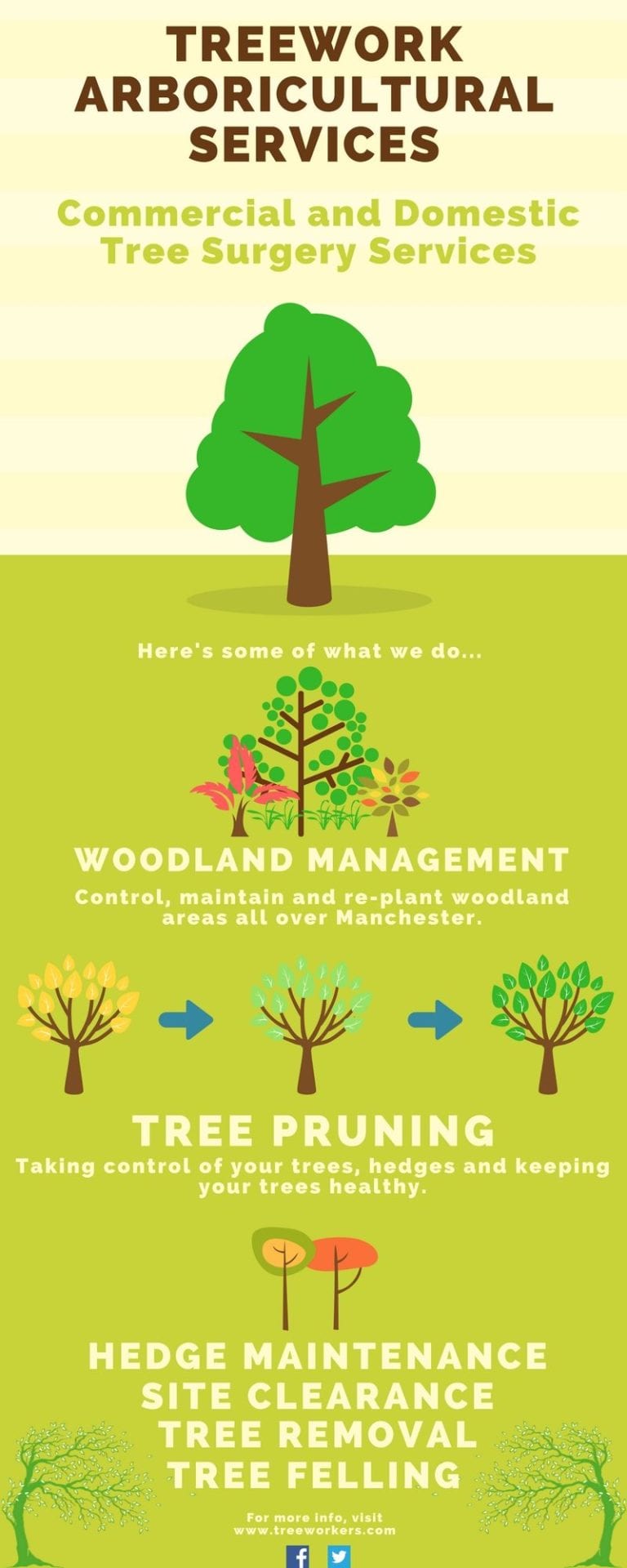The Environmental Implications Of Deforestation: Vital Realities To Be Familiar With
The Environmental Implications Of Deforestation: Vital Realities To Be Familiar With
Blog Article
Post Created By-Costello Kay
When it comes to the environmental influence of tree removal, there are crucial facets that require your focus. From the intricate internet of connections within environments to the subsequent effects on climate patterns, the repercussions are profound. You may be amazed to find the intricate ways in which the removal of trees can resound throughout the setting. Keep tuned to decipher the elaborate links and implications of this apparently simple act.
Logging and Habitat Loss
Logging and habitat loss are critical concerns stemming from tree elimination. When trees are reduced, it disrupts entire ecological communities. Not only are the trees themselves lost, but the homes and food resources of plenty of plant and pet varieties are destroyed as well. Birds lose their nesting websites, animals shed their shelter, and insects lose their habitats. The effects ripple via the food web, impacting predators and prey alike.
Additionally, deforestation adds to environment modification. Trees play a critical role in soaking up co2, a greenhouse gas that traps warm in the environment. With fewer trees, there's less co2 absorption, resulting in increased degrees of this gas in the atmosphere and aggravating international warming.
Environment loss is a direct result of logging, as the devastation of woodlands means the loss of special and diverse ecological communities. Lots of types are incapable to adapt to rapid modifications in their environment, bring about population decreases and, in many cases, termination.
Securing woodlands is essential to preserving the delicate balance of nature and making certain the survival of numerous plant and animal types.
Influence on Biodiversity
The removal of trees has a substantial impact on biodiversity, affecting the selection and abundance of plant and animal types in a location. Trees offer environment and food resources for countless organisms, from pests to birds to mammals. When https://vehiclelicensingandregist54322.bloggip.com/33098147/discover-the-advanced-developments-that-are-influencing-the-future-landscape-of-stump-removal are gotten rid of, these species lose their homes and sources of food, causing a decline in their populations. https://www.montana.edu/news/19681/msu-student-seeks-to-create-more-equitable-environments-through-landscape-architecture can have plunging effects on the entire environment.
In addition, trees play an important duty in preserving biodiversity by developing microhabitats within their covers, trunks, and origins that sustain a wide range of species. When trees are reduced, these specialized environments are ruined, reducing the overall variety of the area.
In addition, the removal of trees can bring about a decline in genetic diversity within plant populaces, as particular tree varieties may no longer have the ability to replicate or disperse efficiently. Protecting trees and forests is essential for protecting biodiversity and making sure the wellness of ecosystems for future generations.
Dirt Disintegration and Environment Modification
With trees being removed from an area, the disturbance of dirt structure and stability occurs, bring about boosted soil disintegration. Suggested Internet site play a critical duty in protecting against disintegration by holding dirt in position with their origin systems. When trees are removed, especially in large numbers, the dirt ends up being a lot more susceptible to erosion from wind and water. This disintegration not only influences the immediate surroundings however can additionally result in sedimentation in neighboring water bodies, influencing water top quality and marine environments.
Additionally, trees help control the environment by absorbing co2 throughout photosynthesis. When trees are cut down, this natural carbon sink is decreased, adding to boosted levels of greenhouse gases in the atmosphere. This can aggravate climate adjustment, resulting in more extreme climate events and disruptions in communities worldwide.
For that reason, the elimination of trees not just speeds up soil erosion but likewise contributes in the larger ecological concern of environment modification. It's essential to take into consideration these aspects when analyzing the impacts of tree elimination on the atmosphere.
Conclusion
Now that you understand the ecological effect of tree removal, consider the effects prior to lowering trees. Deforestation disrupts communities, lowers biodiversity, and contributes to soil disintegration and environment modification. By bearing in mind the effect of tree elimination, you can assist secure our atmosphere and protect the delicate balance of nature. Make educated options and take into consideration different services to lessen the unfavorable impacts on our world.
